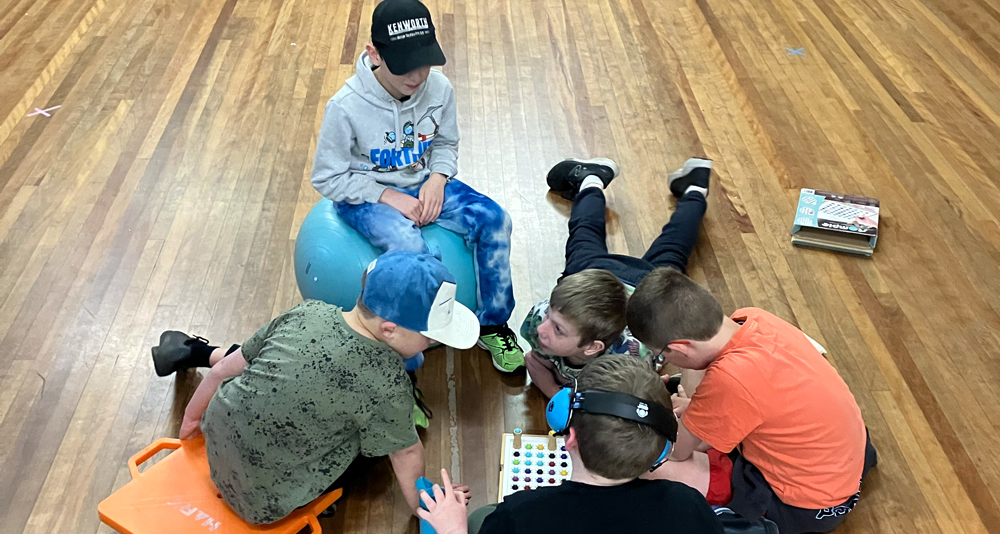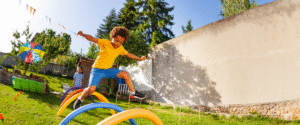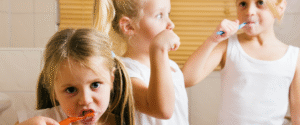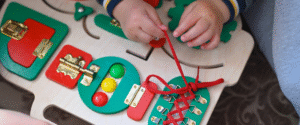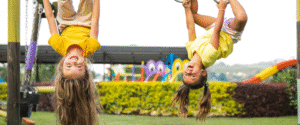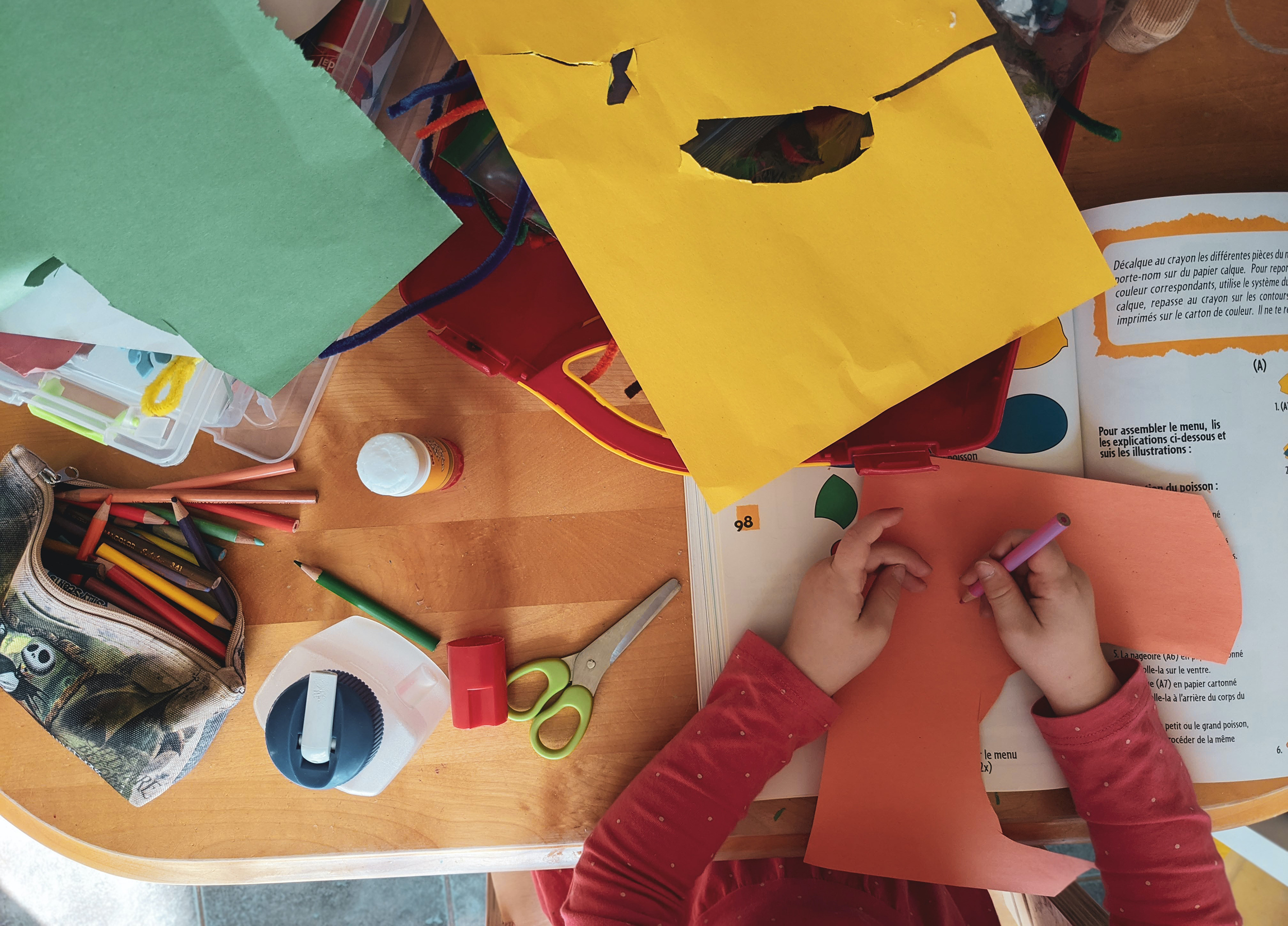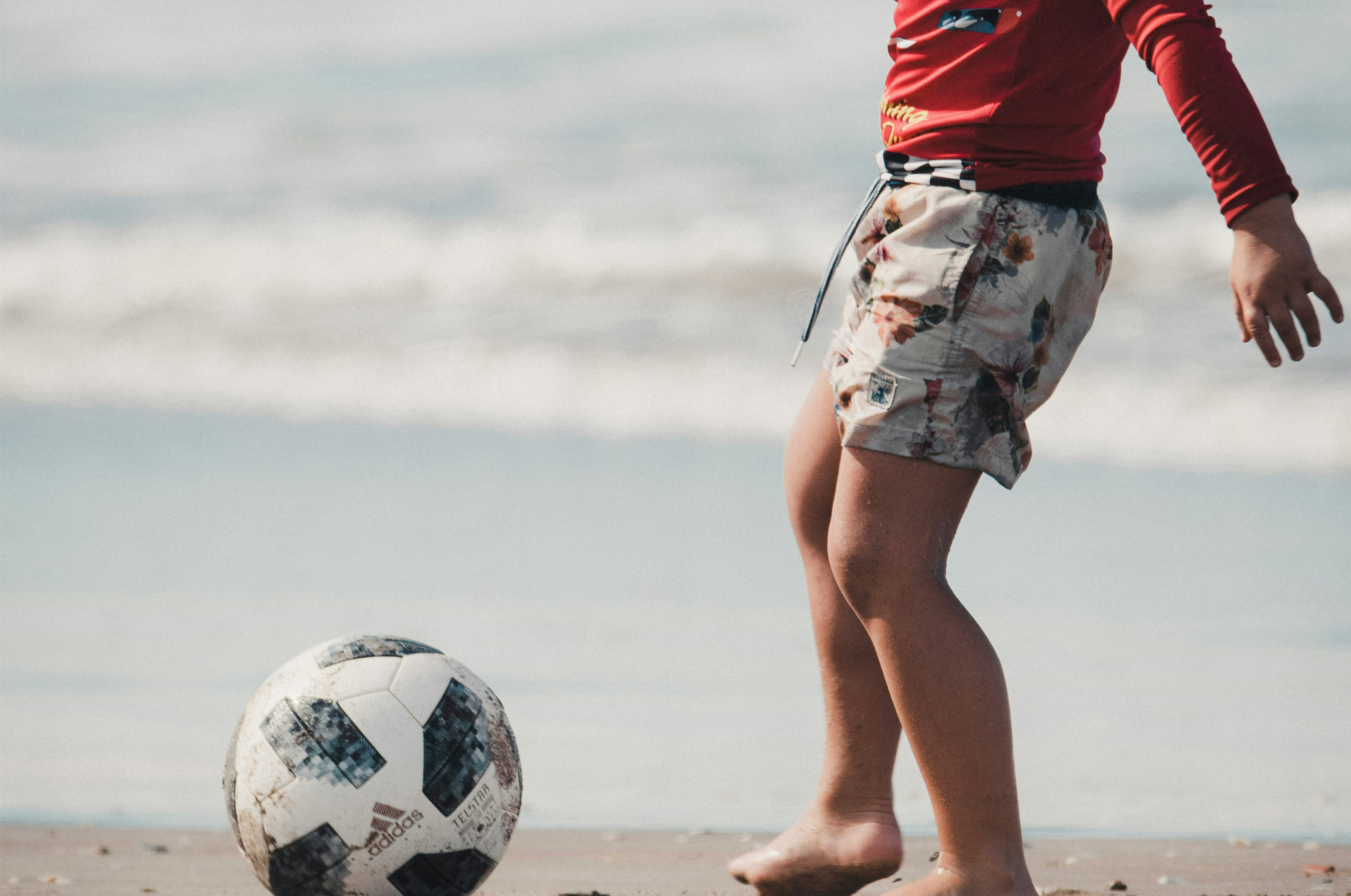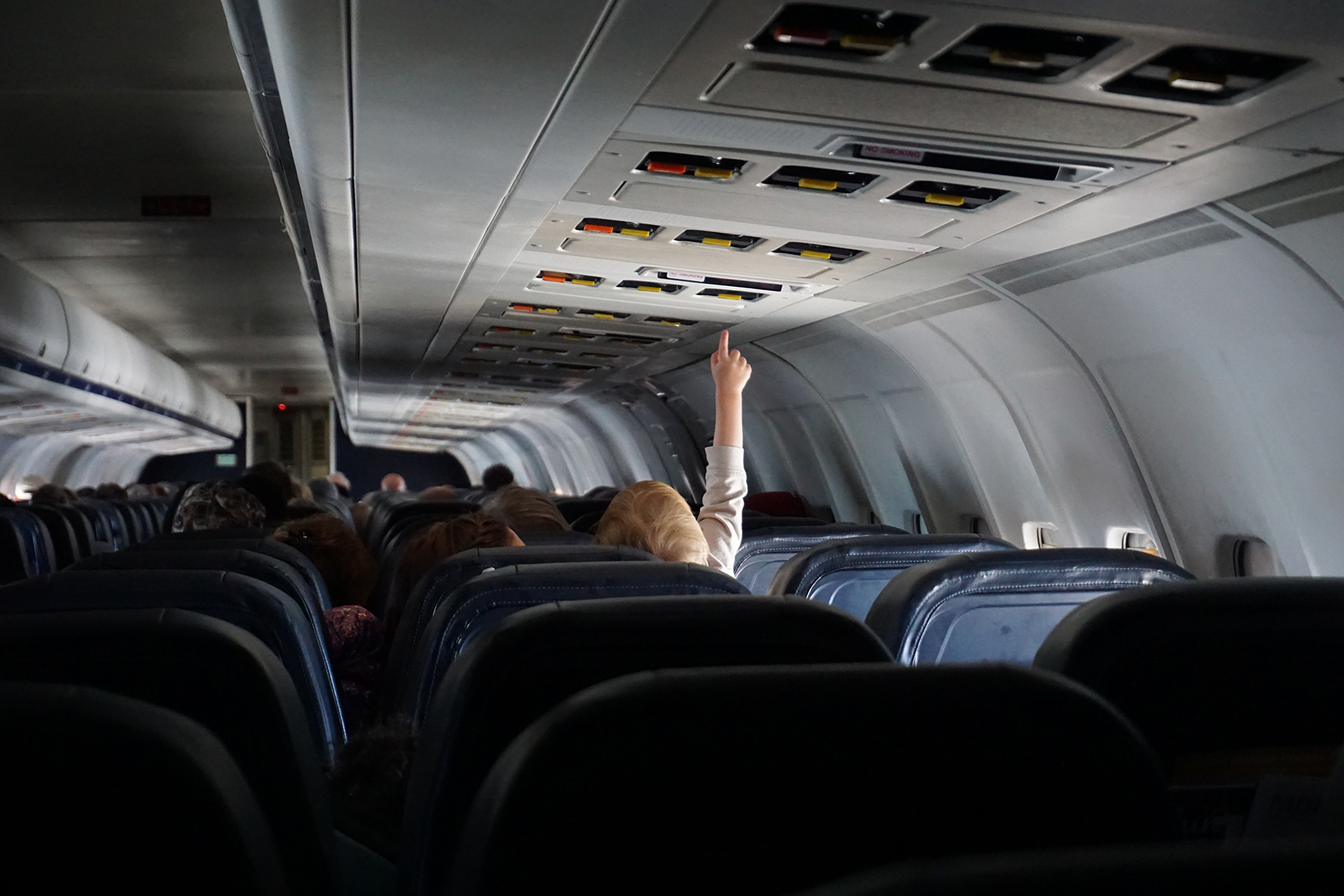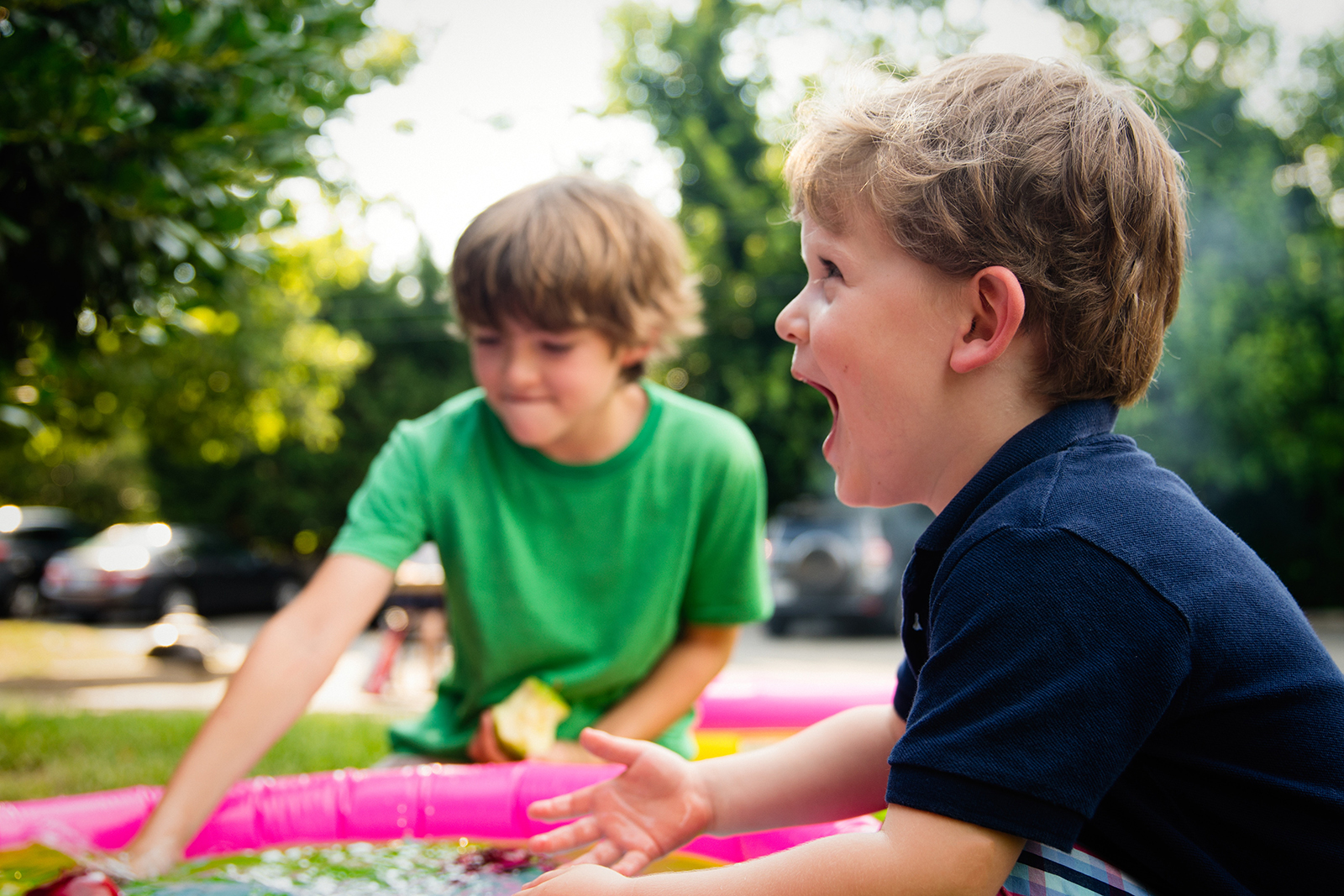
BIOLOGICAL THYTHMS
This year we are placing a strong emphasis on both physical and mental health. As a team, we are focused on a core goal of wellness for both our ourselves and our clients.
The place to start understanding wellness and why we react or act the way we do is by delving into biological rhythms.
Biological rhythms are the homeostasis and natural cycle of change in our body’s chemical and organ functions.
These functions are paramount to self-awareness and motor development but most importantly they contribute to our emotional and social development through childhood.
No one person’s body rhythm is the same. We all move to the beat of our own internal rhythm and in turn, no 24 hour cycle within our bodies is the same. This means that each day, our body’s internal structure functions independently, adjusting and adapting to the external environment around us, with external factors having the ability to impact and alter our internal biological rhythms daily.
Take my biological rhythms for example. I am well aware that my body’s internal rhythms differ depending on each day. They can be affected by things such as how I have slept, what my to do list looks like, deadlines, family or general decisions I have made throughout the day. Additionally, different external factors have the ability to alter these biological rhythms for me; the weather and other decisions that employees or friends make, all can have an impact on how my biological rhythms respond. If I were then to have difficulty identifying what my own internal rhythms were, and how they adapt to various situations, this would greatly impact my ability to co-regulate or self-regulate, therefore affecting my emotional well-being.
Over the years, with practice and by heightening my self awareness, I have developed the skill to identify how my body responds daily to various factors. In having a sense of awareness, I can consciously make the effort to shift my biological rhythms back to their own internal flow, in order to live my life in the healthiest way for me. I am not perfect, and some days the strategies that employ are ineffective and that’s ok. It’s all about building your awareness, your own self-regulating strategies and ways of supporting your own internal rhythms to live your happiest life and ultimately fulfil your purpose each day.
So what specifically are biological rhythms and how can they impact your life? Let’s dive in!
Your Sleep Schedule: your sleep/wake cycle is paramount. And in my eyes, one of the most important aspects of our unique rhythms. I enjoy chatting to people about their sleep/wake cycles and how different they all are. When we are younger we require 12 or more hours of sleep to integrate a full day of learning, to get adequate rest and to continue to develop. As get older, we start to adjust to our own needs and the hours required to function. I usually require between 6 to 8 hours of sleep per night, ultimately functioning at my best each day after a full 8 hours of sleep. Other people only require 5 to 6 hours of sleep per night to function at the highest level. What’s even more interesting the difference between night owls and early risers, and how their rhythms then indicate optimal function capacity.
So what is your sleep/wake rhythm? Do you have a set time to go to sleep or a best time to wake up in the morning? Experiment with this. If you feel like you haven’t perfected your sleep / wake cycle, choose a time to go to bed and try it for a week. Make that commitment and determine what times work best for you. Understand how optimal or lack of sleep makes you feel. Pause, take notice and also observe your children. What do their best nights look like? What do their best mornings look like? How do they then get through the day on the cycle they currently function on? The million dollar question then set in, how do we identify and maintain this rhythm for our child in order to achieve optimal rest? Well, this is where we come in. We can individualise a sleep/wake cycle plan or strategies for your child / family to get the most out of this biological rhythm and trust me… if you get this right for your whole family, it will change all of your lives for the better!
Your Appetite: hunger, thirst and awareness of when you are full are all part of the biological rhythm that is your appetite. Do you ever get hangry?? This is my biggest tell tail. I have an incredibly fast metabolism and I eat quite frequently. However, if I haven’t eaten or drank enough water, I start to notice my internal rhythms beginning to shift, along with my behaviour and emotions. Acknowledging my appetite is a vital rhythm that supports the nourishment of my body, in order to fuel my energy for the day. This biological rhythm involves noticing your metabolism, understanding how it works, which foods best fuel you, as well as which foods make you feel slow, tired or lethargic. Appropriate management of our appetite on a day to day basis is a major contributor to our mood and achievements in our daily life. So start taking notice of where your body best responds to food. Additionally, start to notice varied reactions to different foods, how they affect your daily functions. Consuming the right foods for your body and understanding the importance of a balanced diet is the second biggest contributor to performance and behaviour, ultimately determining how we respond to sensory information from our external environments.
Your Bodily functions: such as digestion and going to the toilet are other biological rhythms that impact our wellbeing. When working with our families, in developing independence in self-care we often address toilet habits. Working with a child in order to bring awareness and being able to identify when you need to use the bathroom, toilet training and developing day/night dryness are all a part of working with an OT within the realms of this important biological rhythm. For some children, their independence varies for multiple reasons, identifying these factors and working through strategies to address this goal is paramount in supporting digestive issues and exercising bladder control.
Your Reaction Times: Pain registration, which is one’s ability to identify when they have hurt themselves, is a safety mechanism built into the body to ensure our survival. Everybody’s pain registration differs and is on a continuum from low registration to sensitive and a high registration. Being able to identify your child’s registration of pain allows us to determine when they are not ok, but also supports them in understanding safety boundaries. Everyone’s pain tolerance is different, so it’s all about bringing awareness to and connecting with your child in order to speak up and identify when something is in fact wrong.
Your Body Temperature: and our ability to identify when we are hot or cold, allows us to develop internal regulation in relation to the external environment. This facilities the planning and ability to stay at optimal temperature in varied environments. Chat to us about how we can facilitate the body temperature identification and interaction for your children.
Your Heart Rate: Our heart rate is the main contributor to our emotional regulation. If our body internally responds to the external environment, the first thing that alters is our breath. If our heart rate increases or we hold our breath, this increases our stress levels, which has the capacity to shift our biological rhythms. When our breath changes, so does our regulation. If you have strong self-regulation capacities, you are aware of this and alter your heart rate and emotions in the moment to adapt to the current situation and environment. However, very few of us can in fact do this. By supporting and bringing awareness to the breath through internal body rhythms, sensory processing capacities and self-regulation strategies we are building the foundations to self-awareness and independence in our everyday lives. This brings about resilience, self confidence, flexibility and adaptability to cope with any situation life may throw at you or your child.
So how do we best start to develop biological rhythms with our kids?
There are a few main interventions we use throughout our sessions. Rhythm through song and voice, and respiration and breathing strategies are perhaps the most important.
As OT’s identifying and supporting an individual’s biological rhythms is paramount to their overall health, well-being and quality of life. We will chat through some strategies in our socials this month so keep an eye out! If you’re interested in tailored and individualized strategies that address your child’s or your families concerns, reach out to us and we can help attain optimal success for your biological rhythms.
Until next time,
Jess
ORIGINALLY PUBLISHED FEBRUARY 3, 2021

